Strange things in temples
We had the opportunity to experience Laos in mid-October this year, with the first destination being the capital Vientiane, located in the northwest of Laos. Here, we visited many famous spiritual structures of Laos such as That Luong Pagoda (the big stupa in Lao), the largest Buddhist temple in Laos. The temple has also become a symbol of Lao architecture and culture, and its image is used on the banknotes and the national emblem of Laos.
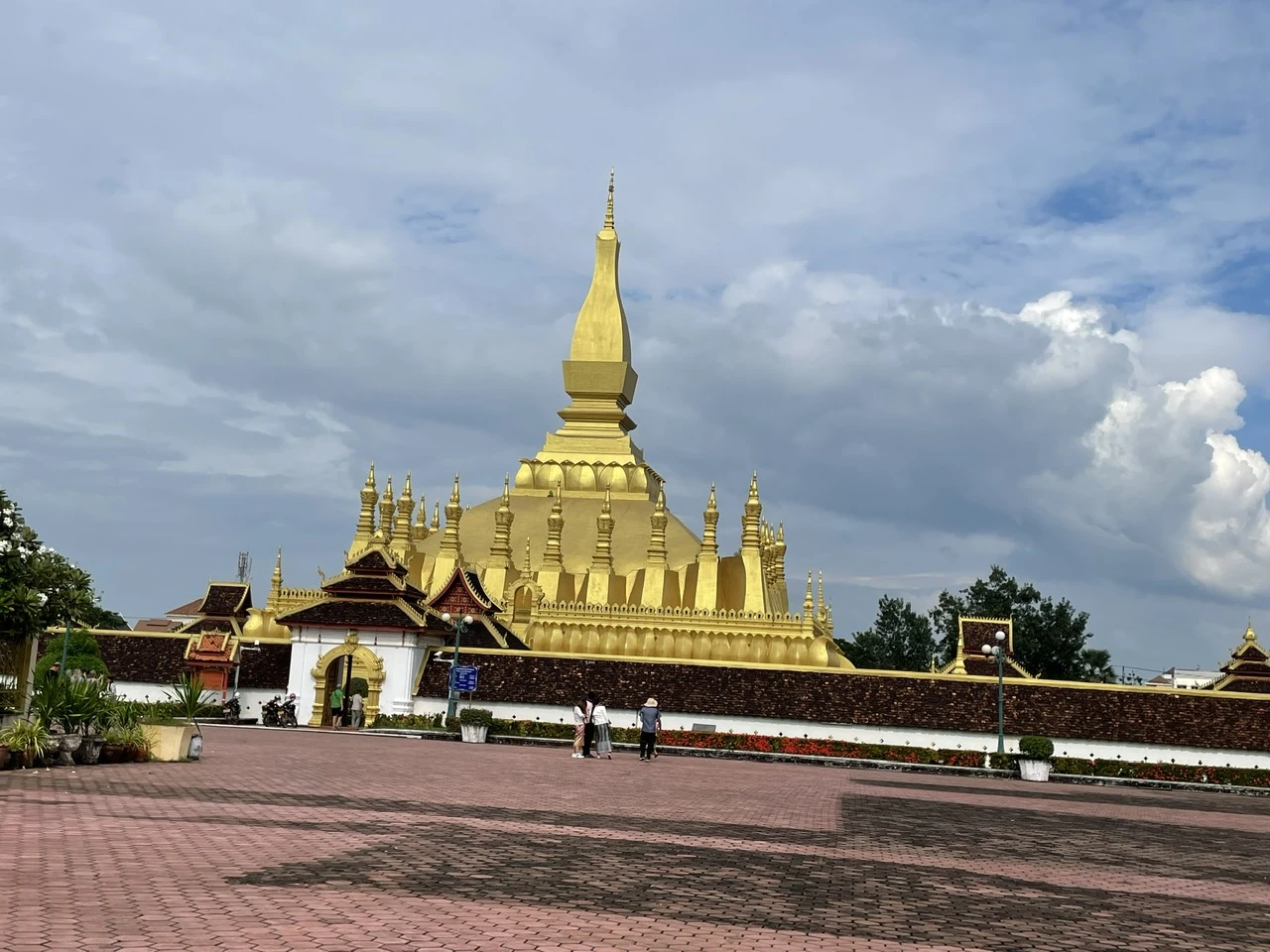
That Luong Pagoda - a famous pagoda in the capital Vientiane
In addition, Phra Keo Pagoda is a large museum, storing and protecting many valuable artifacts such as Khmer Buddha statues, a throne, objects made of silver, gold, jade and some wood sculptures... Sisaket Pagoda is the place with the most statues in Laos, with nearly 7,000 rare large and small Buddha statues made from many different materials such as bronze, wood, silver or gold plated...
In addition to the unique architecture, the strange thing about the Lao temples we visited was that most of the statues were exposed instead of being placed in hidden places like the temples in Vietnam.
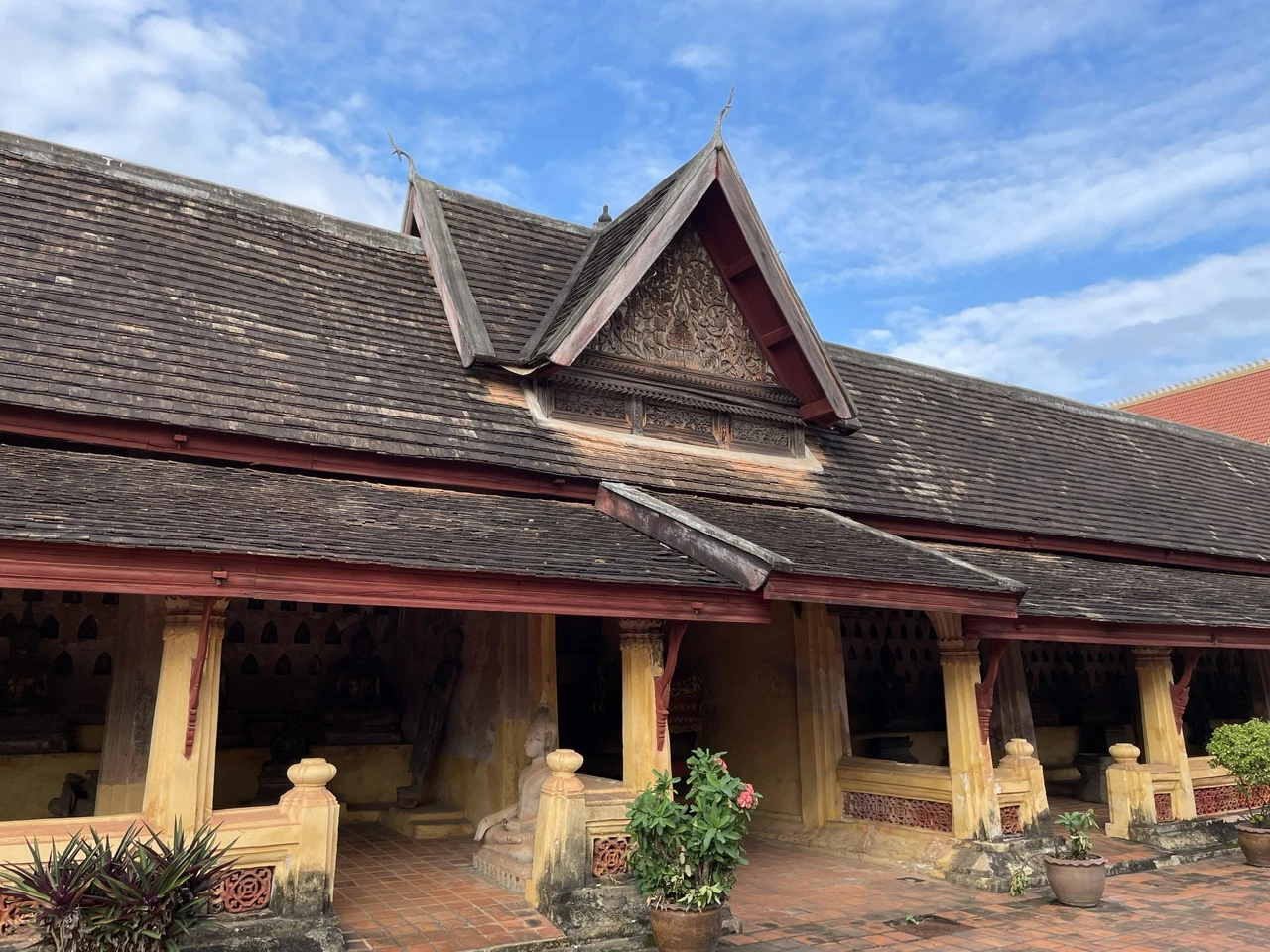
Sisaket Pagoda has the most statues in Laos, but it has no doors and the roof is so low you can touch it.
In each temple, there is almost only one place to put an incense bowl and a donation box for visitors to pray. Offerings sold at the temple only include flowers, incense and candles, without the dowry with many items as is common in Vietnamese temples. Therefore, visitors come here mostly just to admire, not to worship.
In particular, Buddha statues are not only placed in temples but also in parks such as: Xiang Khuan Buddha Park (also known as Xiang Khuan Buddha Garden) is famous for its unique Buddha statues, becoming a spiritual tourist destination in Laos. The Buddha statues are located along the Mekong River, under the canopy of giant trees, making visitors feel very peaceful and calm when entering here...
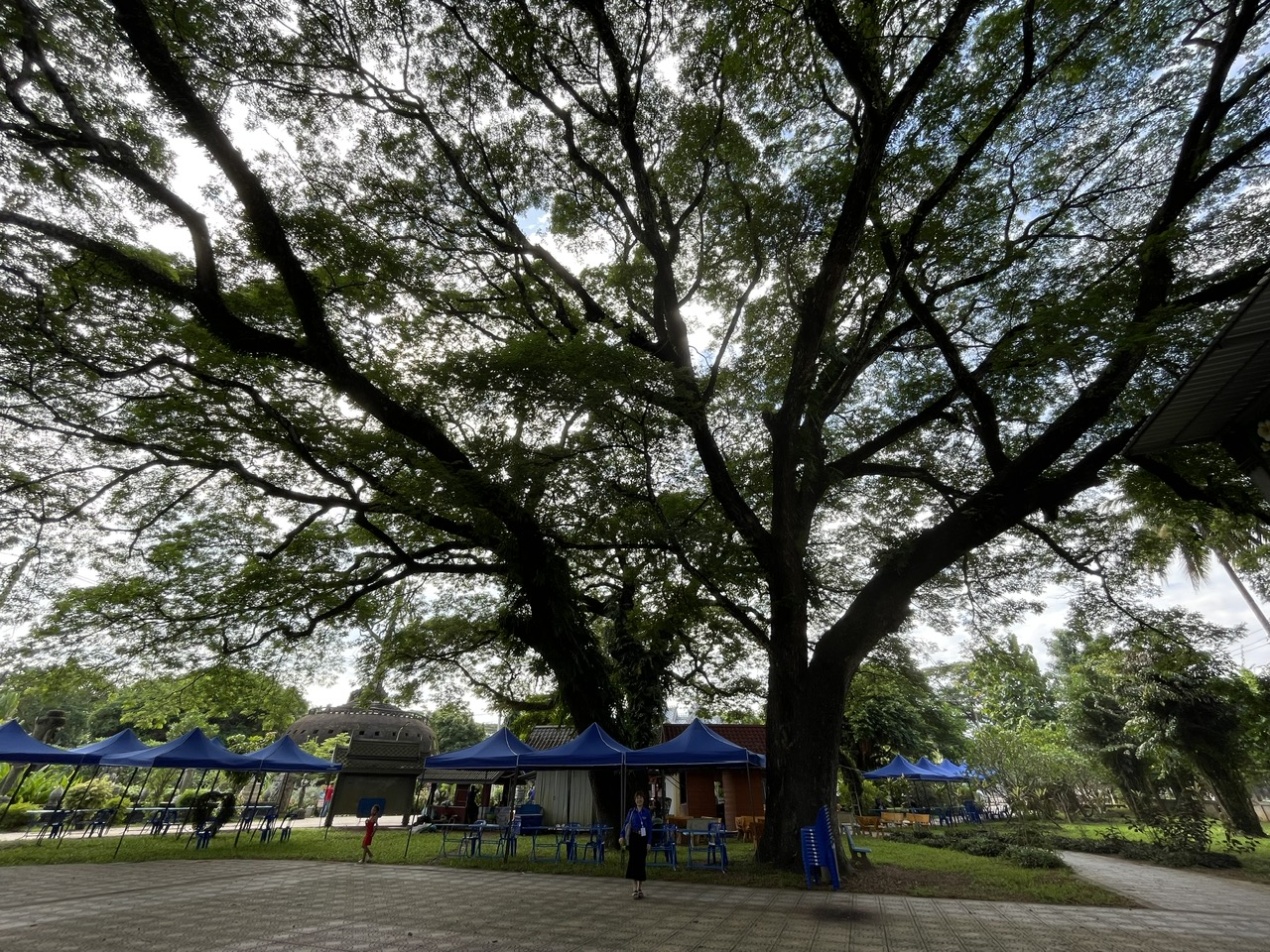
The large shade trees at Xiang Khuan Buddha Garden make visitors feel very peaceful.
A unique cultural feature that visitors will find very strange is that every early morning at around 6am, stepping out onto the street will witness monks begging for alms. People participating in the ritual wake up very early to prepare a portion of food to give to the monks.
Offerings are cooked foods, usually sticky rice, neatly placed in bamboo or rattan baskets, along with cakes and candies. After receiving them, the monks only keep enough food for the day, and give the rest to the poor.
Go to Vang Vieng to see… bridge diving
Coming to Laos, many tourists also visit Vang Vieng Town (Vientiane Province), 150 km from the capital Vientiane. Vang Vieng is famous as a small and peaceful town, where the climate is cool and fresh, very suitable for resort activities. Here there are very interesting sports activities such as kayaking, ziplining, hot air ballooning, paragliding...
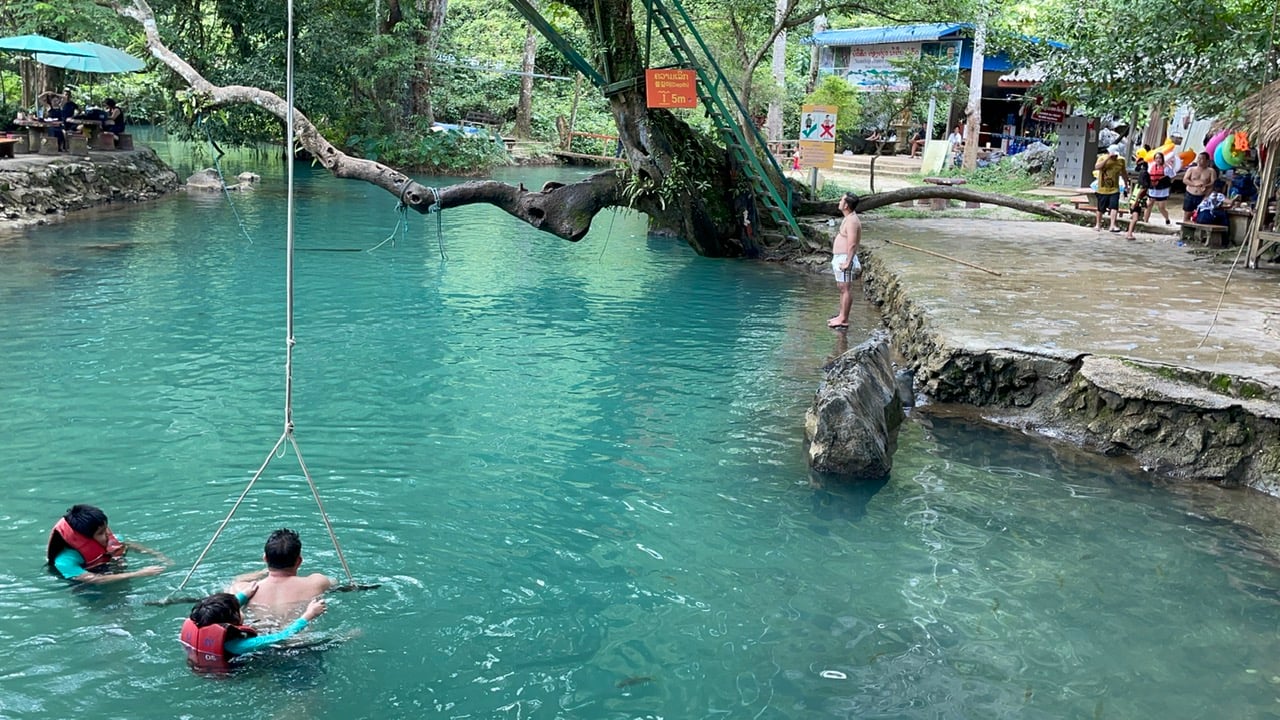
Tourists swim in the emerald green stream in Tham Phu Kham
Vang Vieng is also known as the land of thousands of caves because it gathers dozens of impressive caves. The attractions are limestone mountains and caves, the most interesting of which is Tham Phu Kham cave.
Here is a stream with clear and emerald green water with schools of fish swimming around. The fish are as numerous as the "divine fish" stream in Cam Luong commune (Cam Thuy district, Thanh Hoa ). The unique thing is that here visitors can jump into the stream to swim with the fish. Most visitors come here to bathe, not to sightsee like in famous streams in Vietnam.
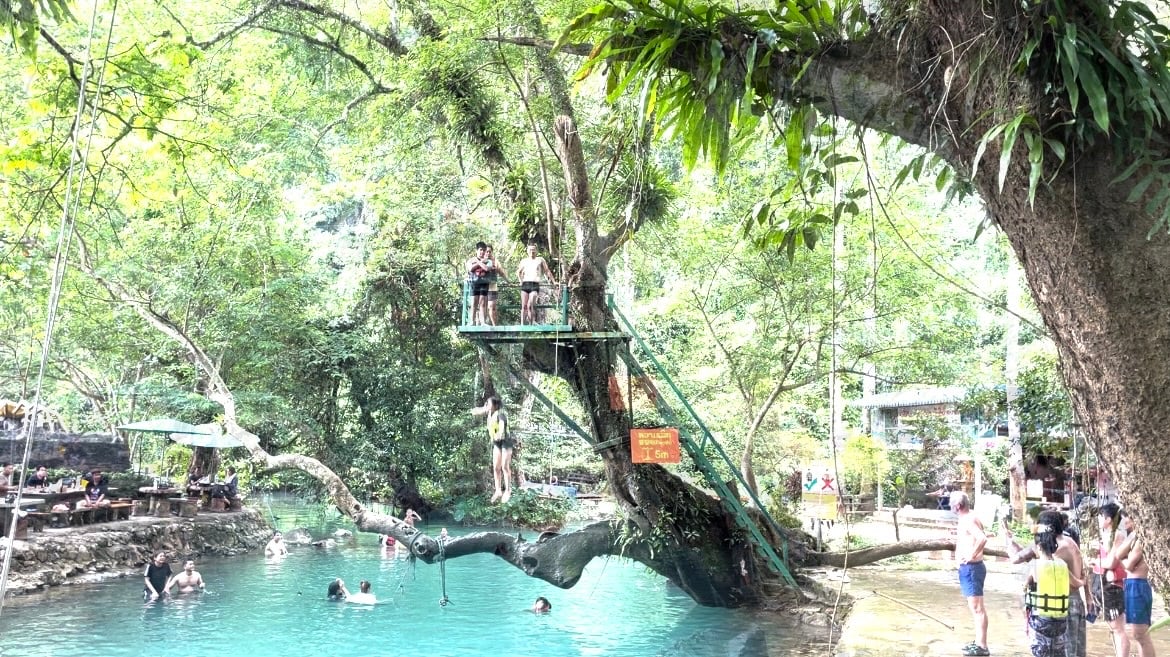
A woman jumps off a bridge over a stream in Tham Phu Kham.
An interesting point is that on a tree trunk extending into the stream, there is a standing place designed about 3 meters above the stream surface so that visitors can climb up (by ladder) and from here jump into the stream.
This jumping game has attracted many tourists, both male, female and children. Perhaps this is something never seen on any stream in our country.
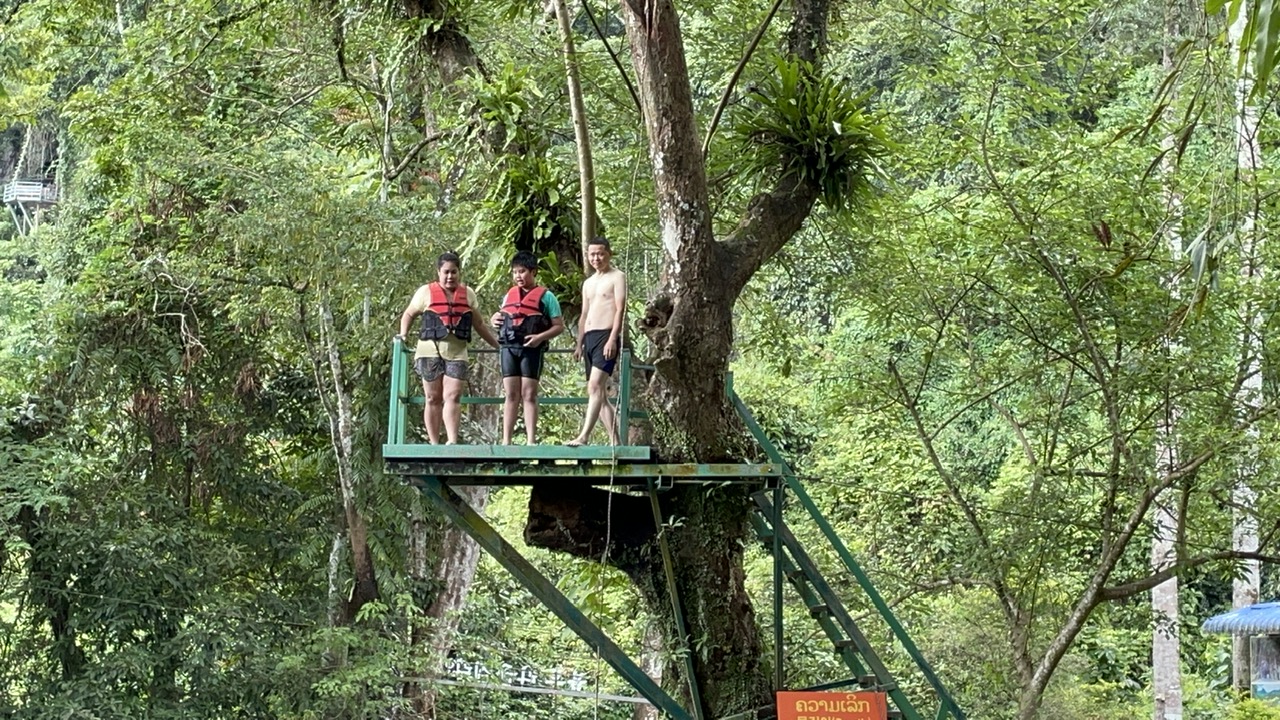
The tourists participating in the bridge diving included children.
No iced tea on the sidewalk
If you are a shopaholic when you come to Laos, you will be disappointed because there are few local products in Laos (except for two famous products: beef jerky and sausage). Most consumer goods are imported from Thailand and Vietnam. However, buying goods here is not easy, because shops and markets are only open from 8:30 am to 4 pm at the latest and are closed on weekends.

Vientiane capital street at 9pm
A Vietnamese person who has lived in Laos for 20 years said that if they want to buy a product, they have to buy it before 4pm on Friday, because the stores are closed on weekends.
Strangely, there are very few entertainment activities in the capital Vientiane. Restaurants close before 10pm. There are also very few services at a rare night market in Vientiane located next to the Mekong River. There are a few people selling fresh agricultural products, a few shops selling clothes and shoes, and the rest are night restaurants with grilled food, similar to some small streets at night in Hanoi.
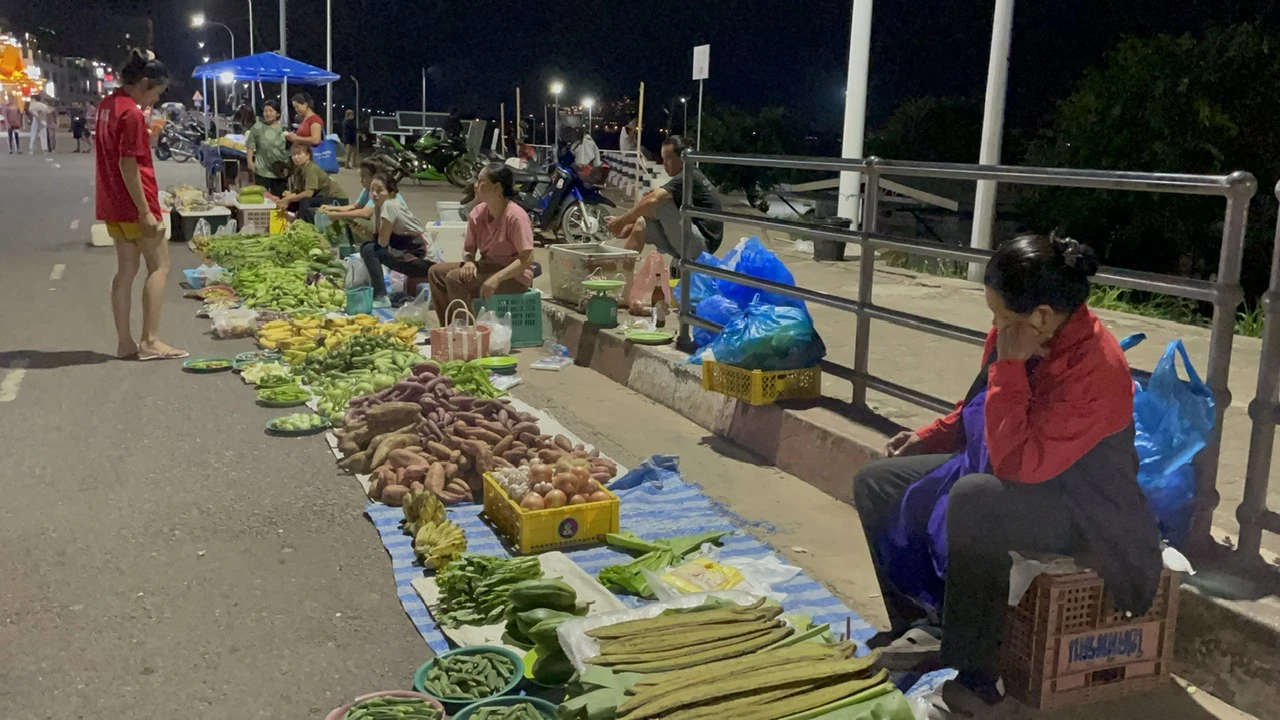
Night market in Vientiane is deserted
Next to this night market is a fairly spacious park but there are almost no people, not even people exercising, a far cry from the familiar images in public areas in Vietnam.
If you walk on the street at night, after 9 pm, the streets are deserted and there is not a single sidewalk tea shop or "lemon tea and chatting" like on the streets of the capital Hanoi.
Along the walking street, which is considered the busiest at night, the reporter only encountered one street vendor selling incense and flowers for tourists to bring as offerings at the foot of the monument near the night market...
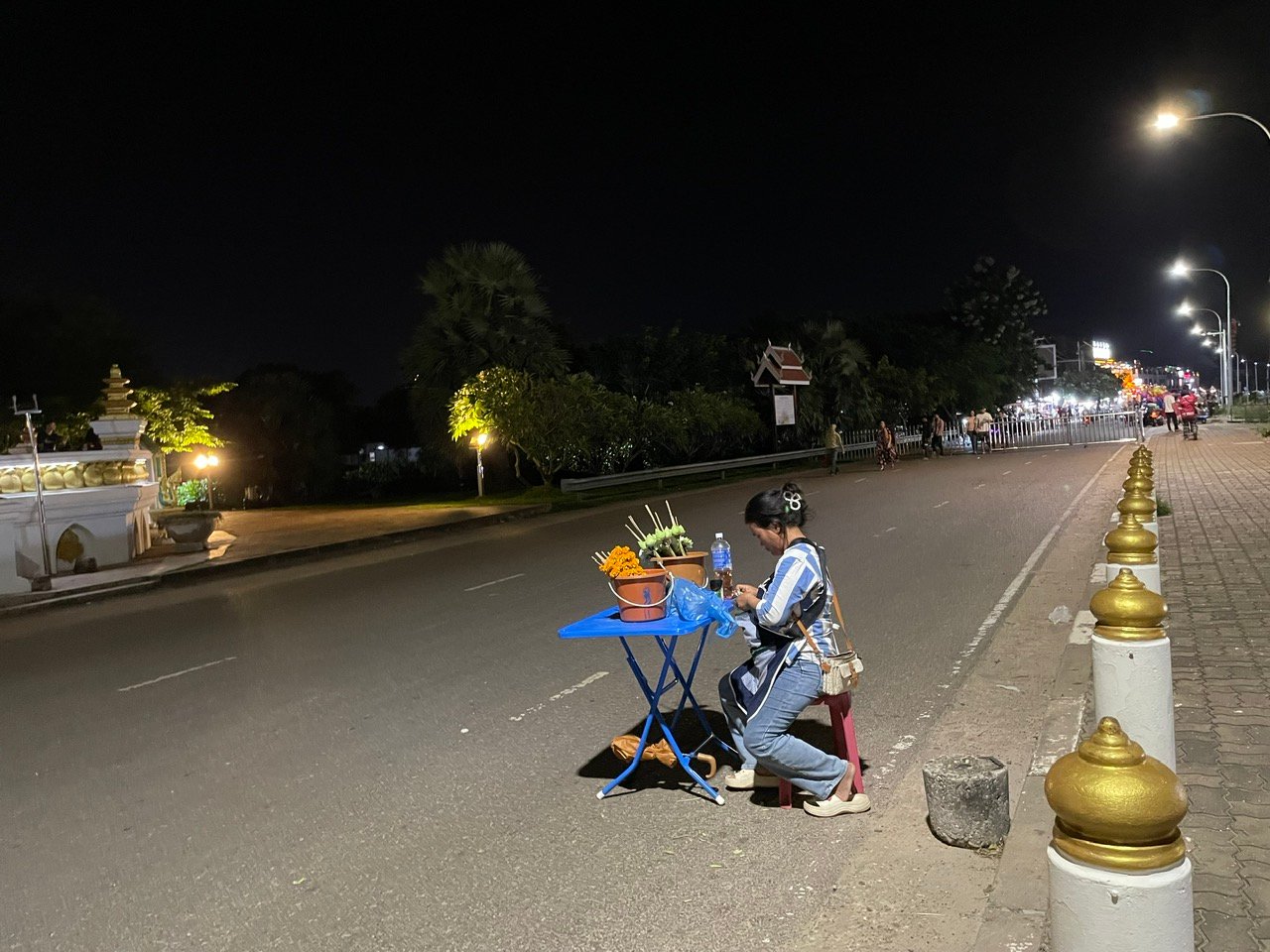
A woman sells offerings on the walking street at the night market.
Another strange thing is that when we visited some areas in the capital Vientiane and Vientiane province, we encountered many fields that were left fallow, overgrown with grass...
Perhaps, when coming to Laos, for those who are active and like excitement, they will feel very bored, even restless because they cannot make the most of their time to work. But for those who live a peaceful and contented life, they can feel peace and happiness.
Laos traces its history to the Lan Xang Kingdom which was founded in 1354. Lan Xang means Ten Thousand Elephants. Therefore, Laos is known as the Land of Ten Thousand Elephants or the Land of a Million Elephants.
Laos has an area of 236,800 km2 ; located in the center of the Mekong sub-region (GMS), in Southeast Asia, sharing borders with 5 countries: China, Cambodia, Vietnam, Thailand and Myanmar. From north to south, Laos has 10 provinces sharing borders with 10 provinces of Vietnam.
Laos has a political system similar to Vietnam. Laos's population is currently over 7.2 million, with an average density of about 25 people/ km2 , an average population growth rate of 2%, and an average life expectancy of 62. Currently, the average income per capita in Laos is 2,718 USD.
Source link


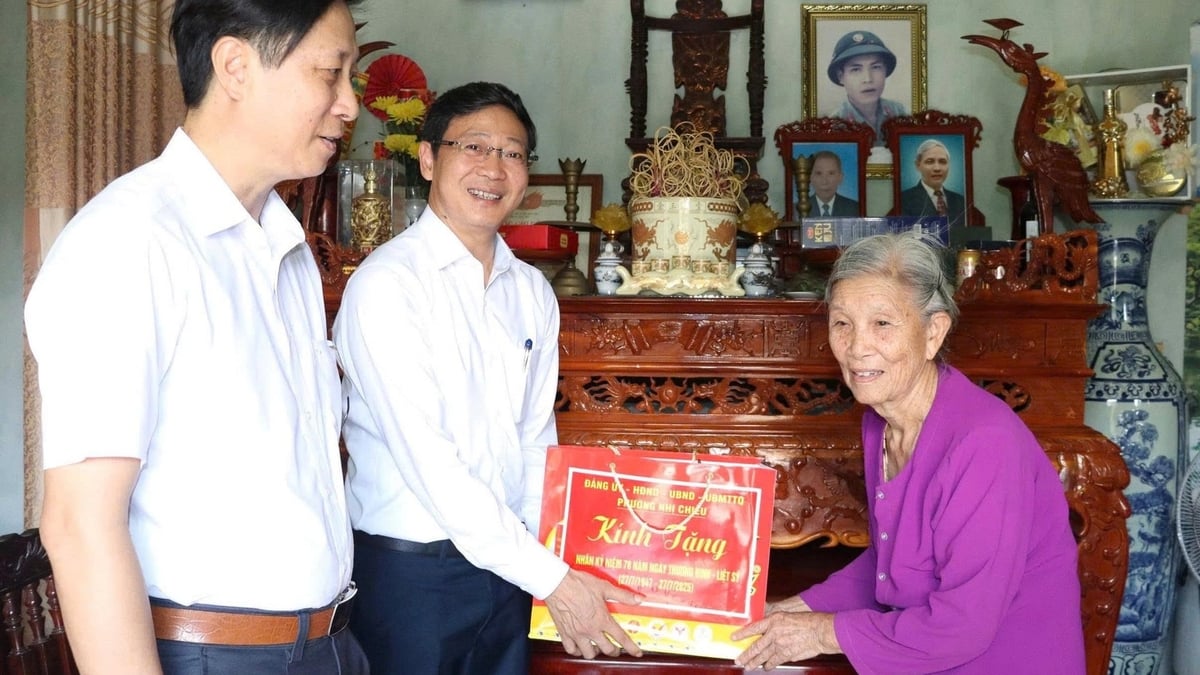
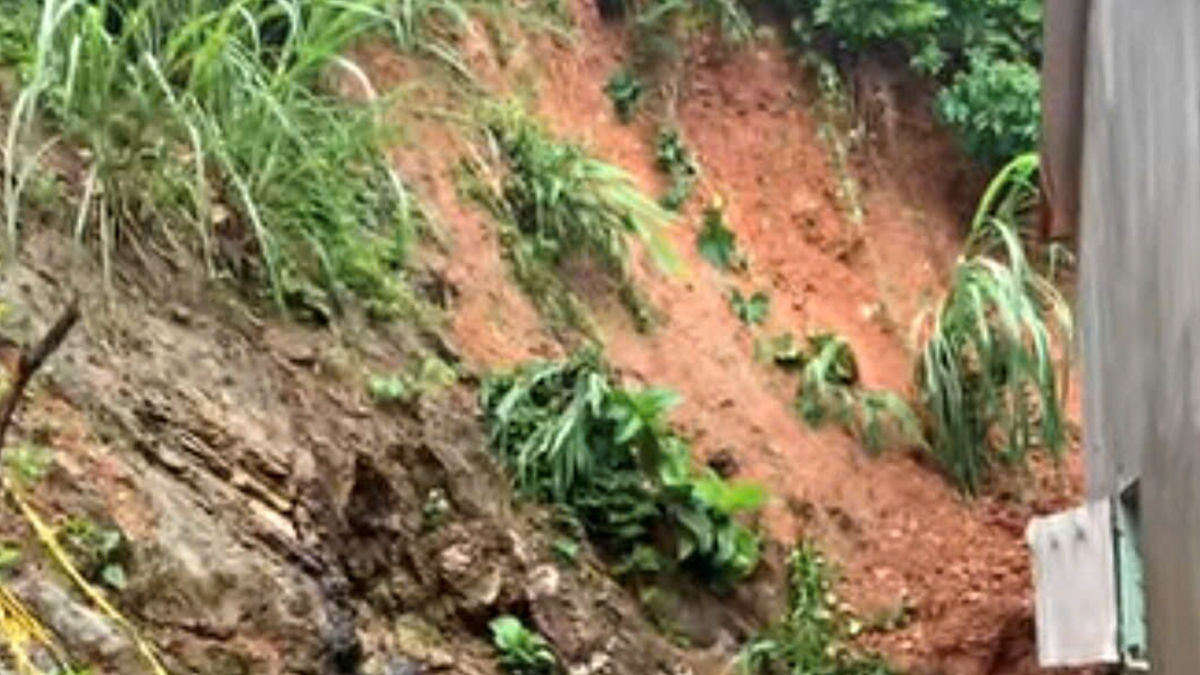
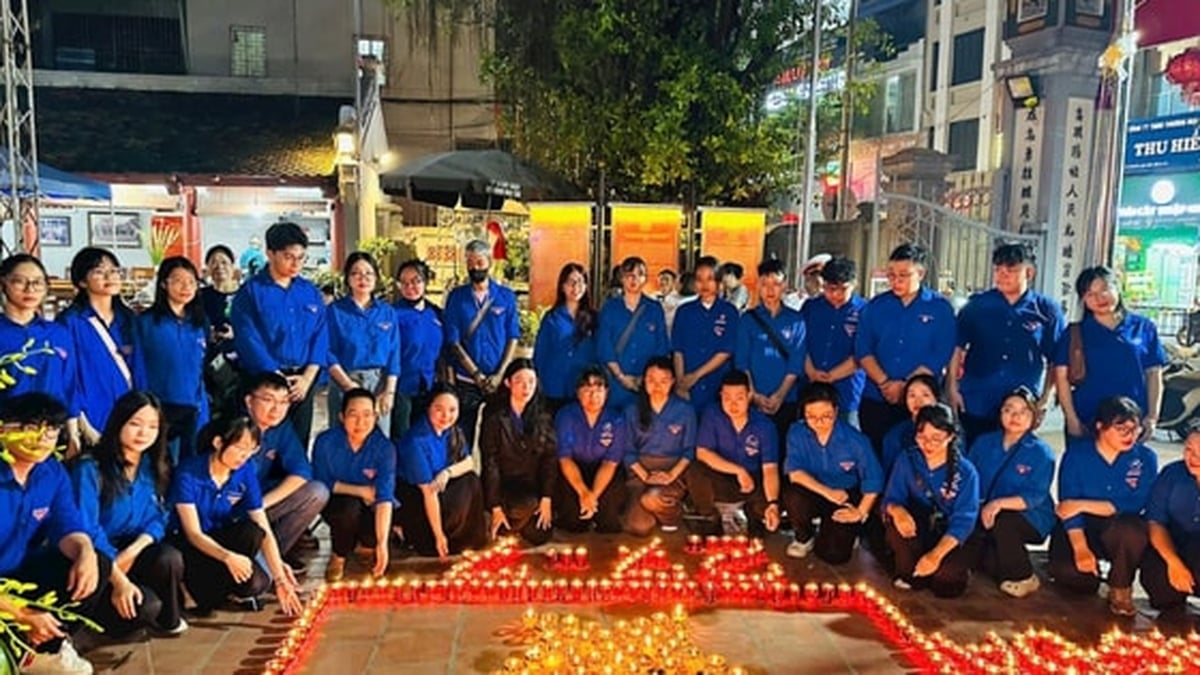
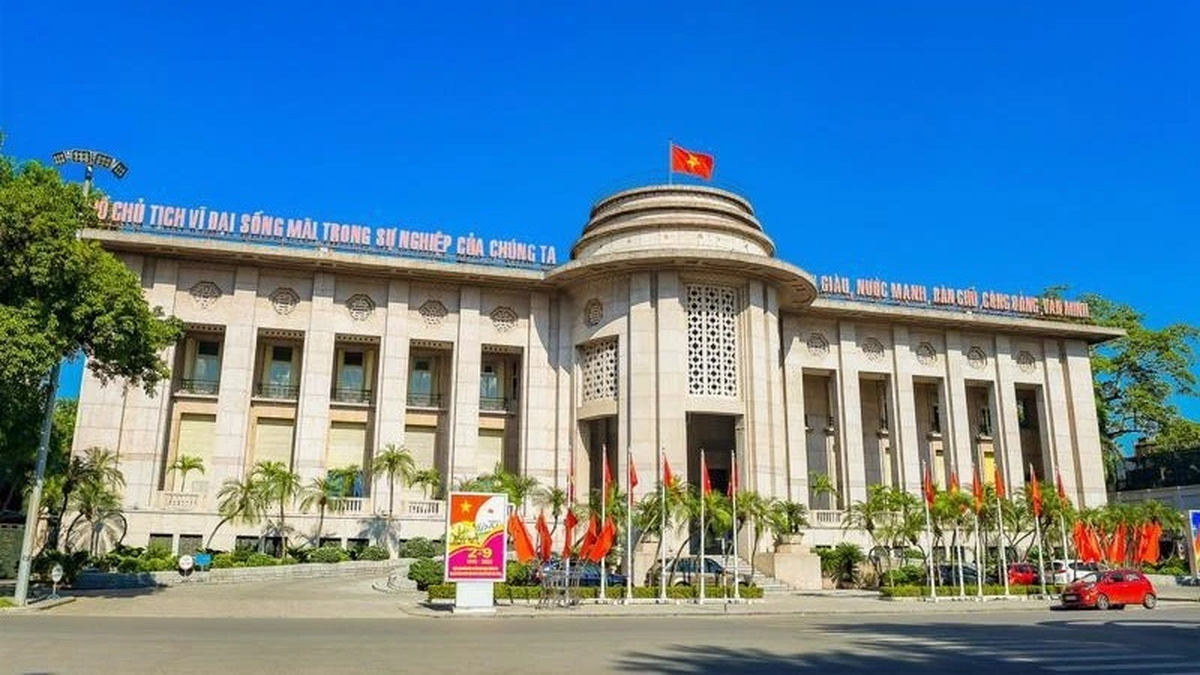
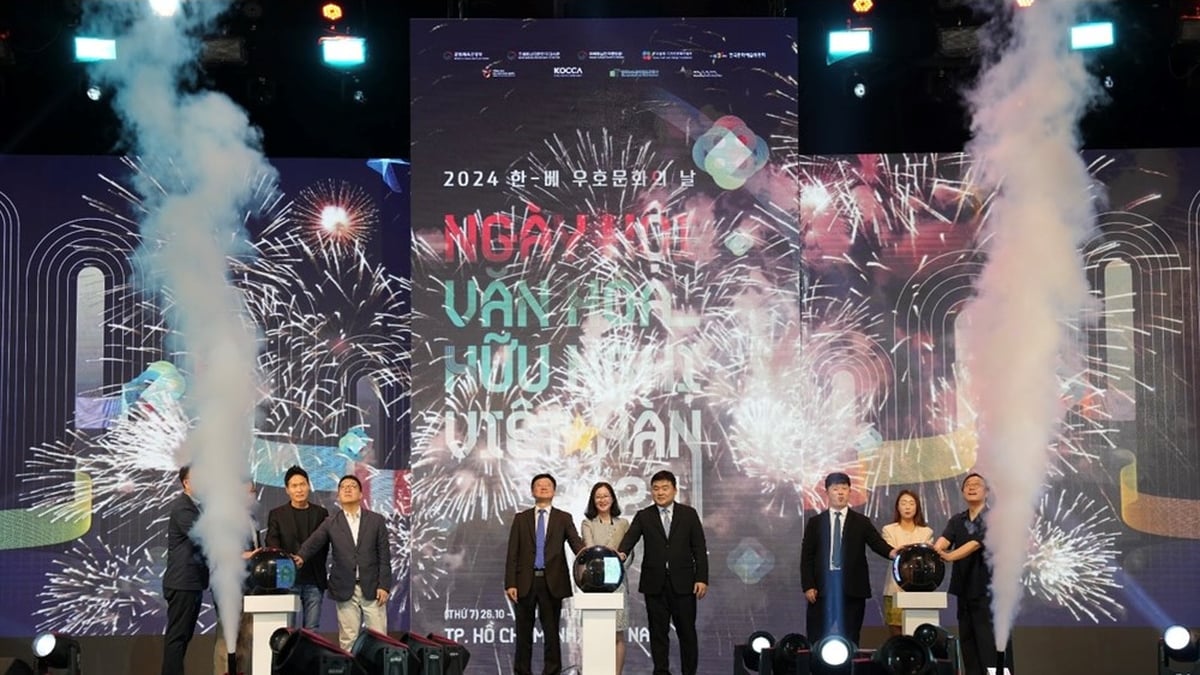
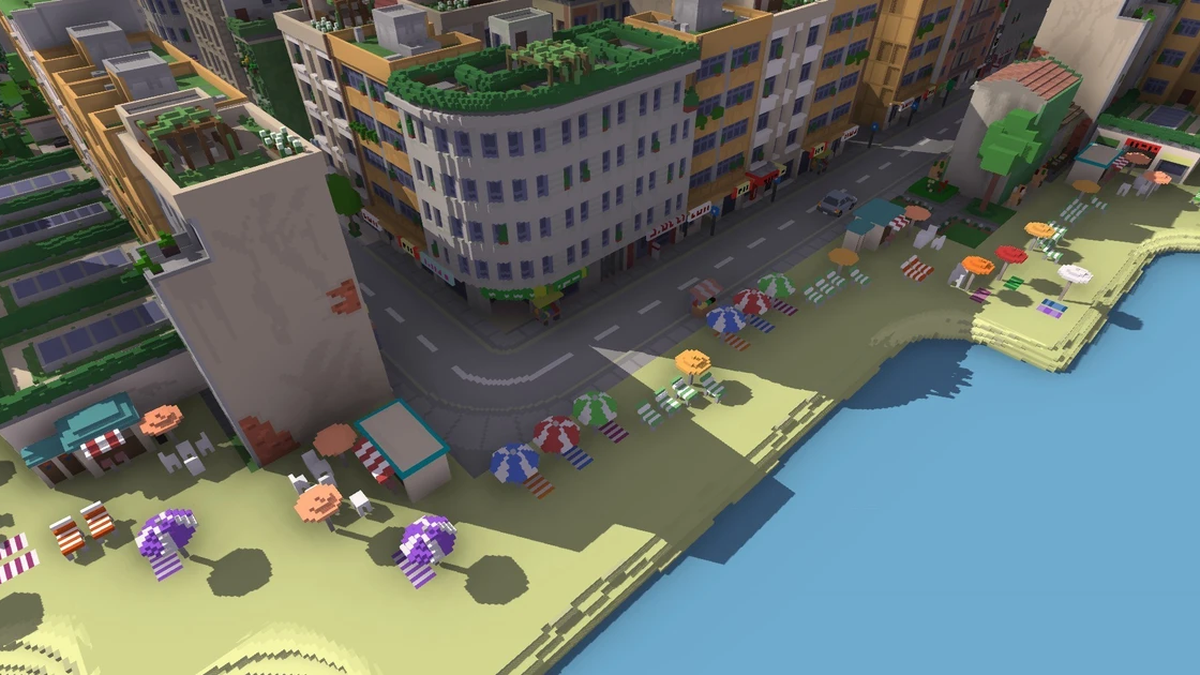
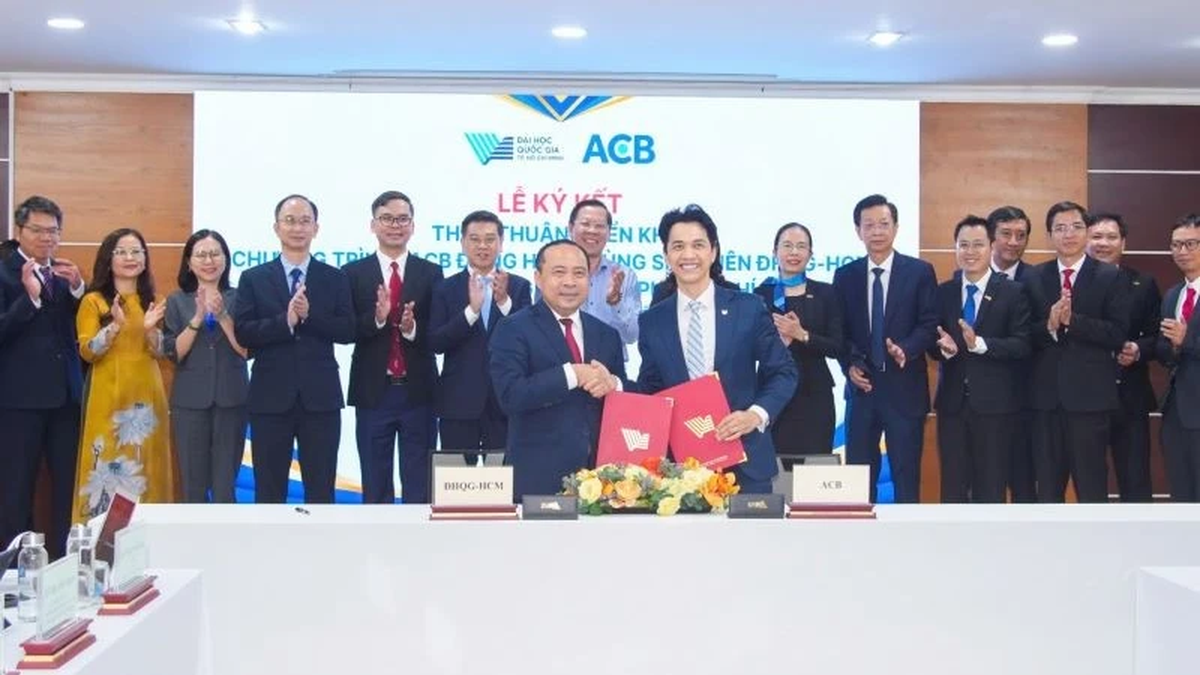
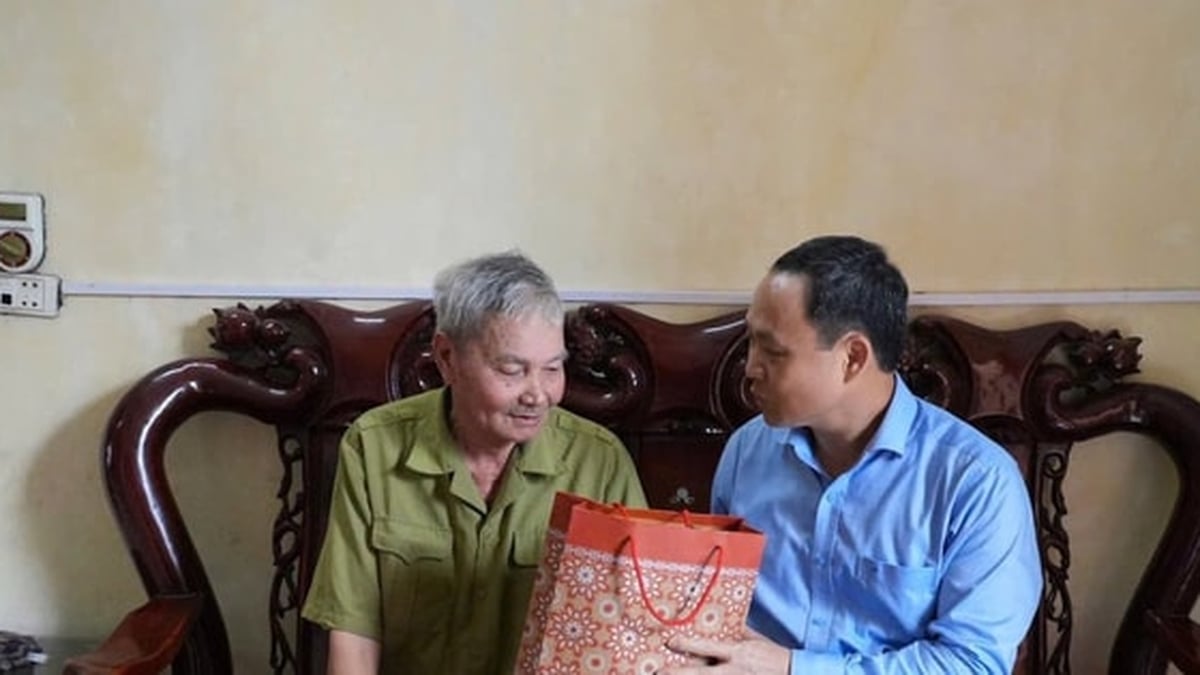
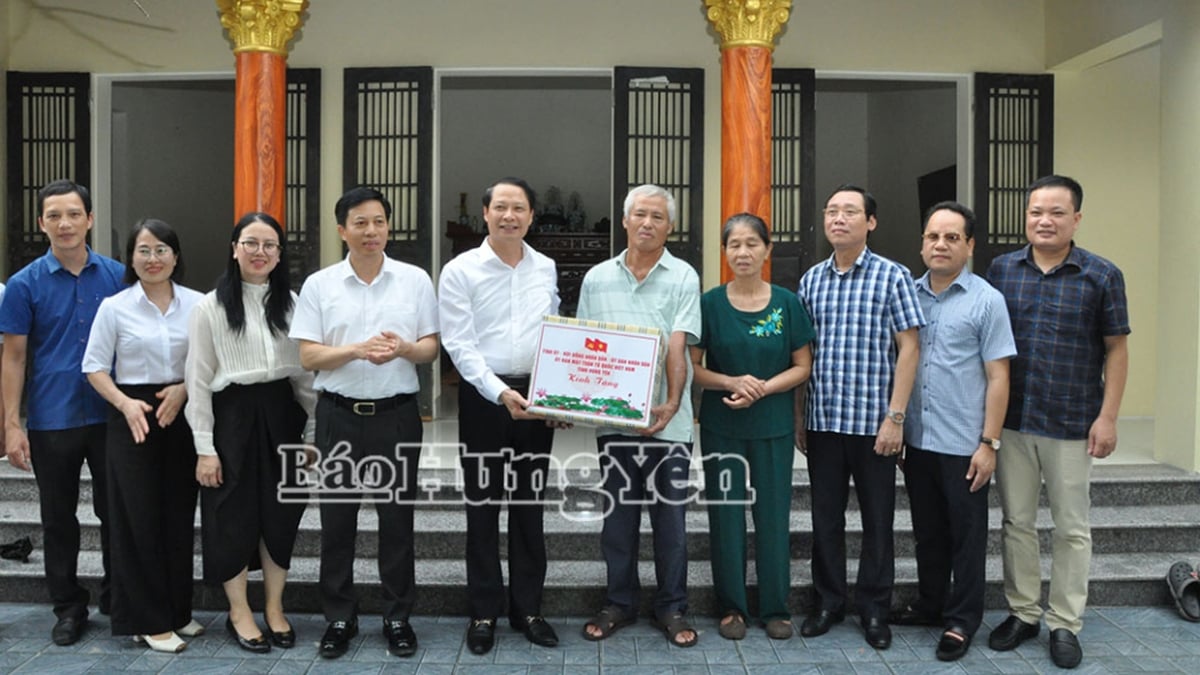
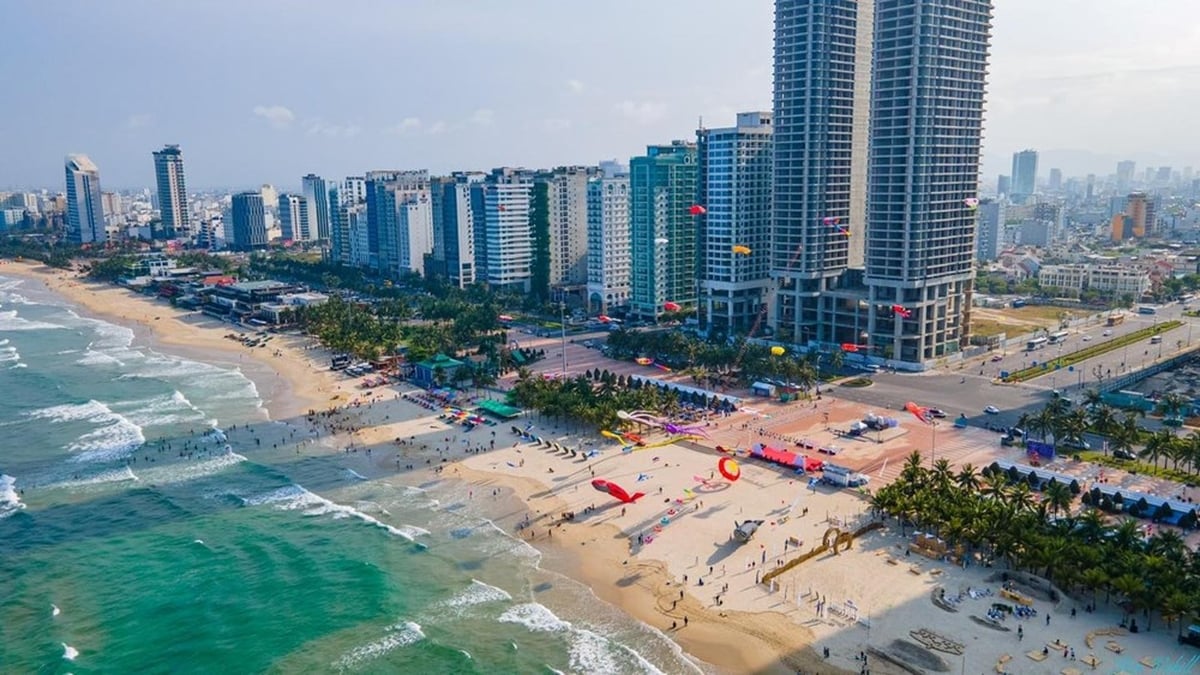










![[Photo] Signing of cooperation between ministries, branches and localities of Vietnam and Senegal](https://vphoto.vietnam.vn/thumb/1200x675/vietnam/resource/IMAGE/2025/7/24/6147c654b0ae4f2793188e982e272651)
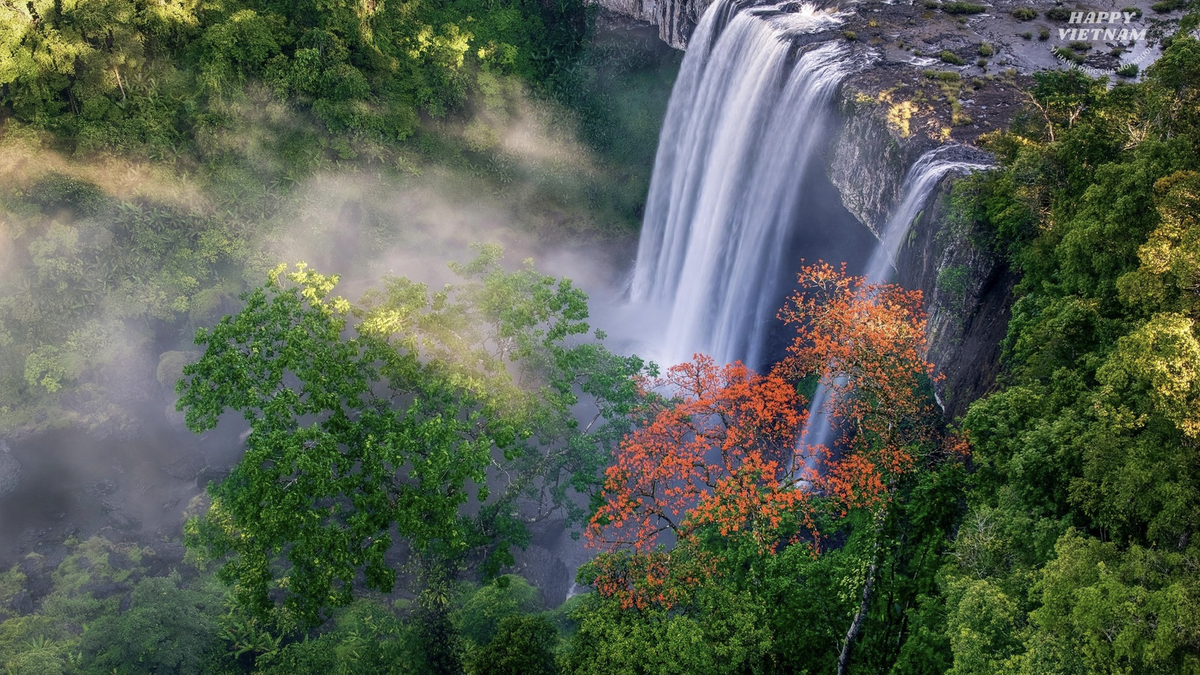
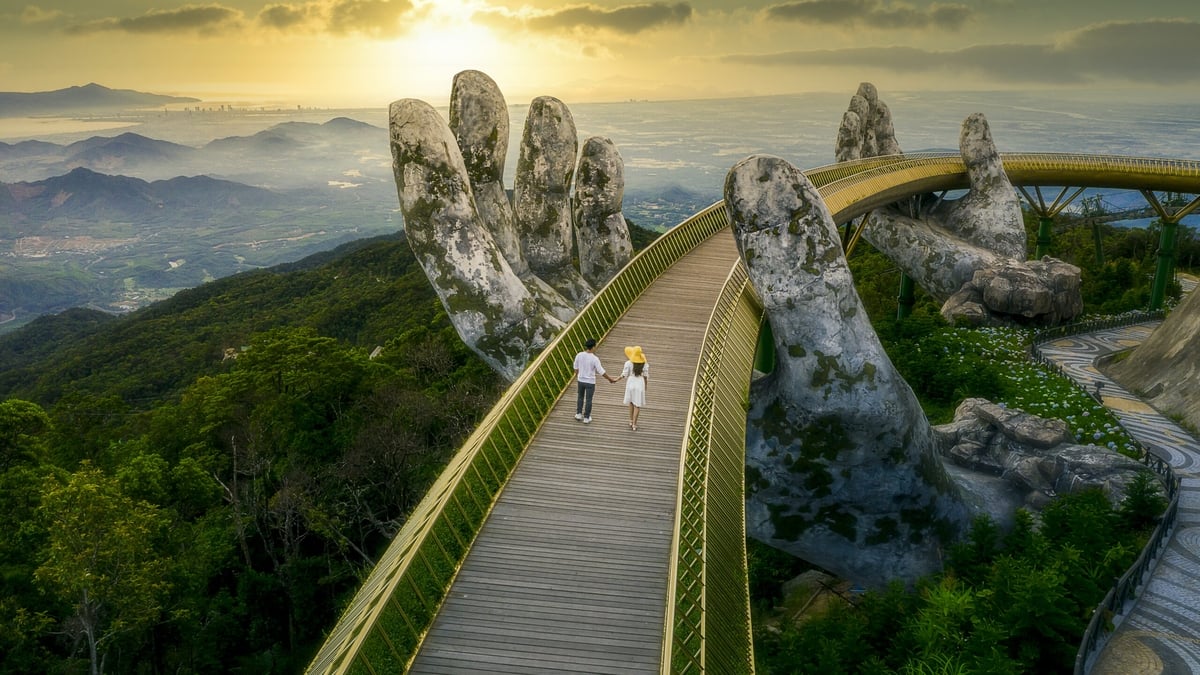


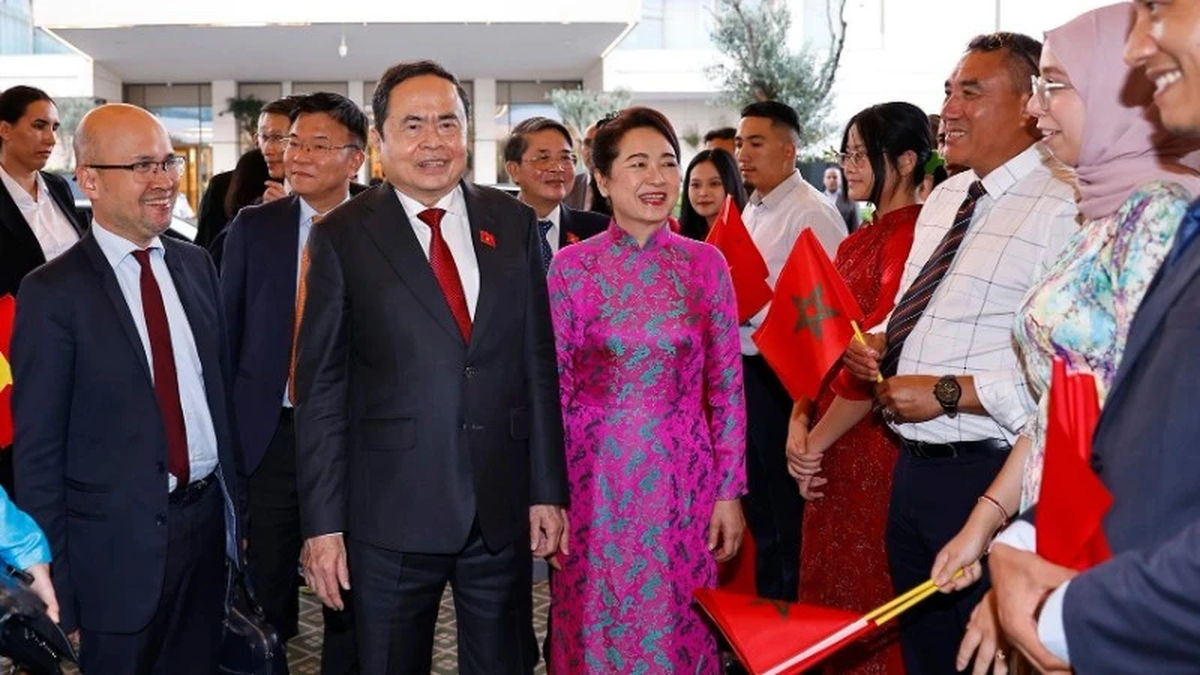
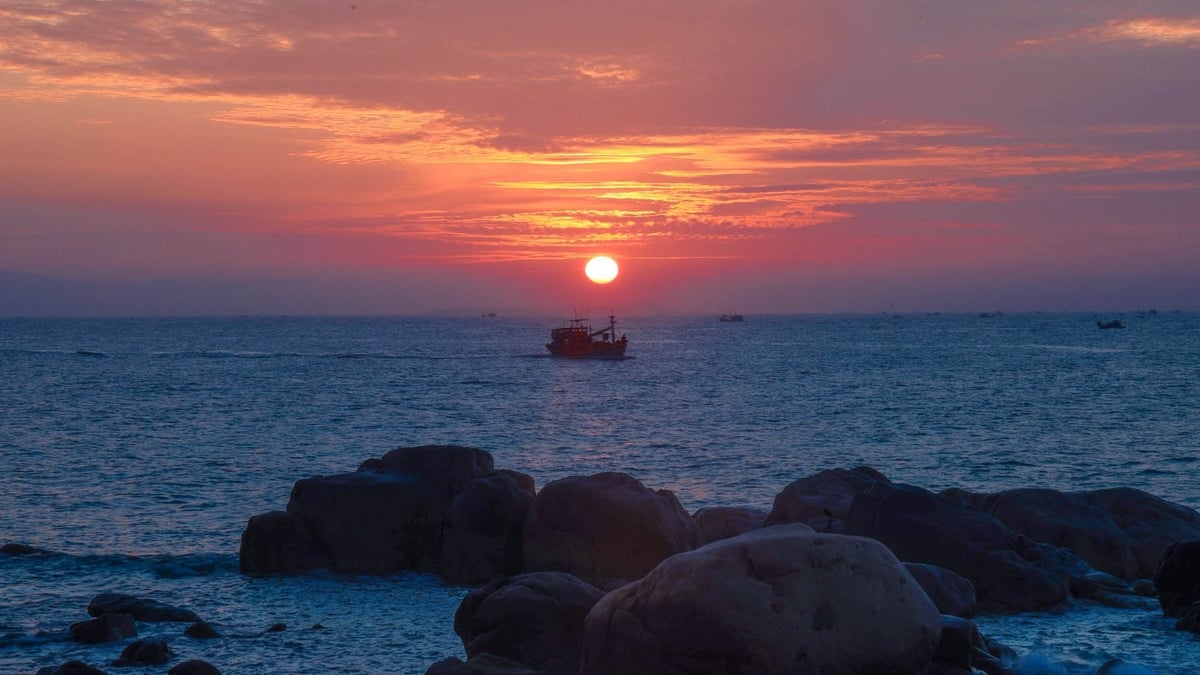
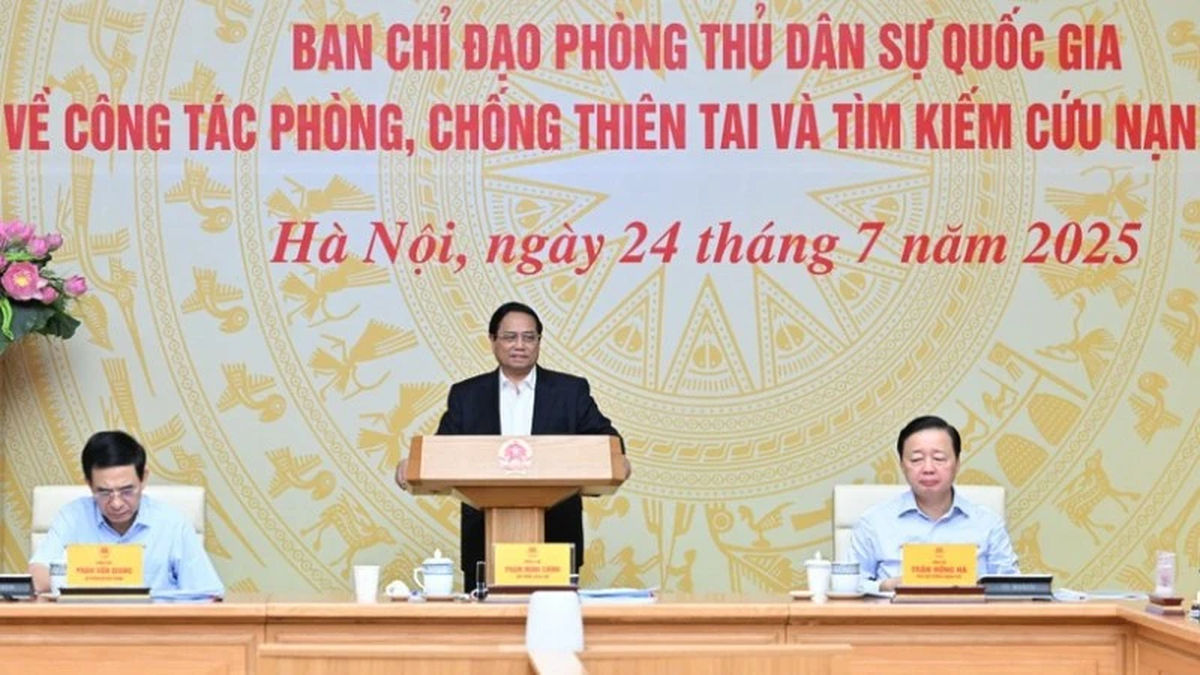
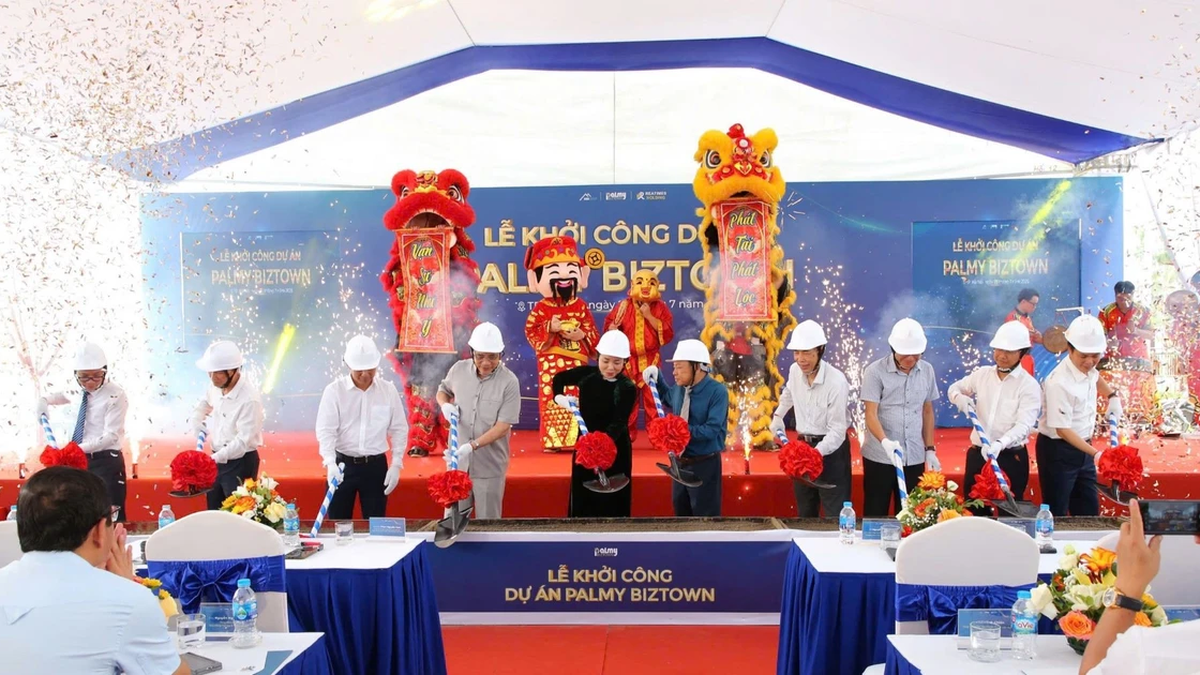
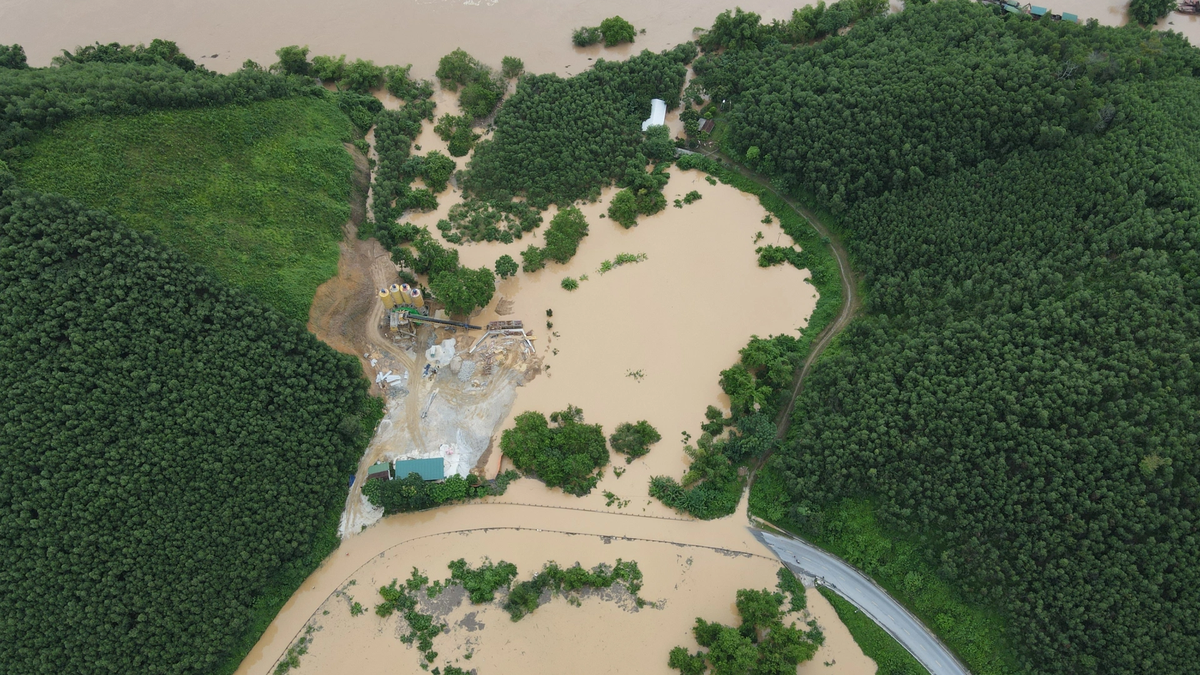
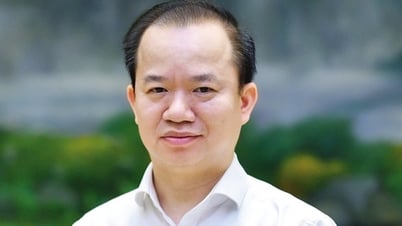

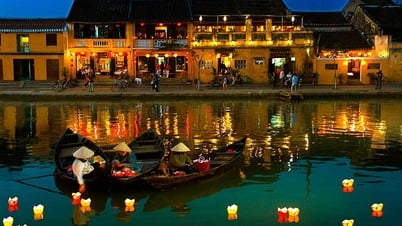

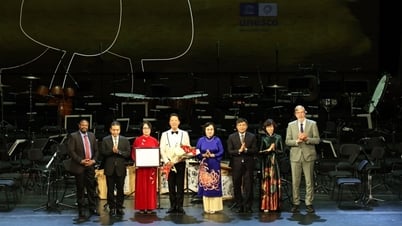

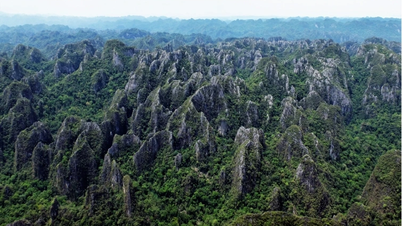

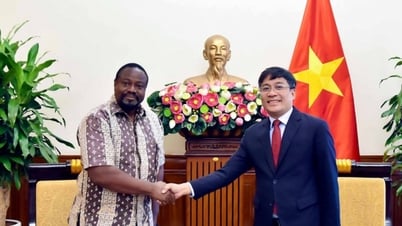
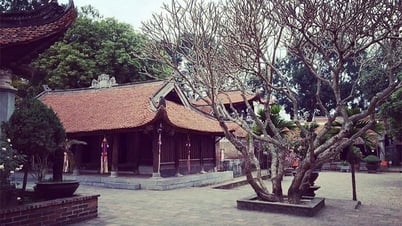

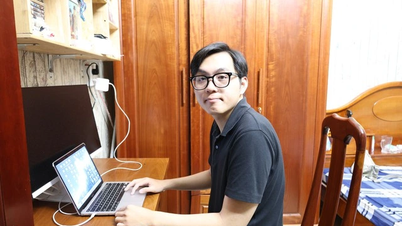
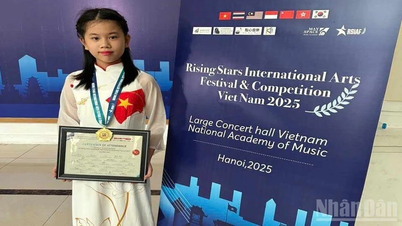


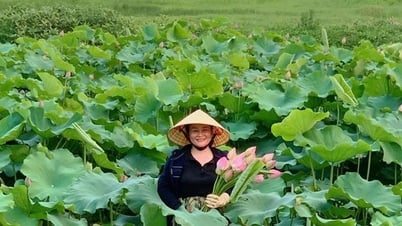

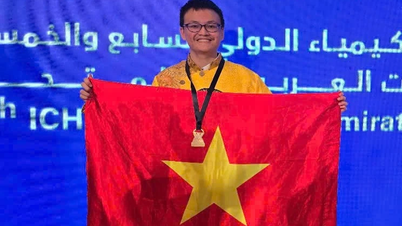

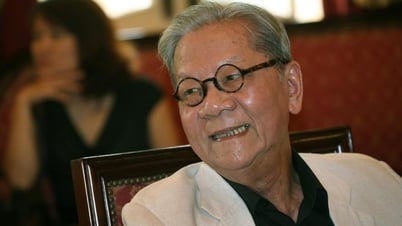






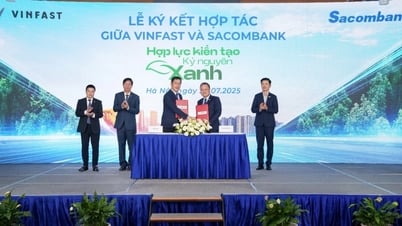

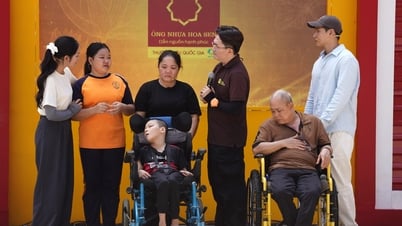

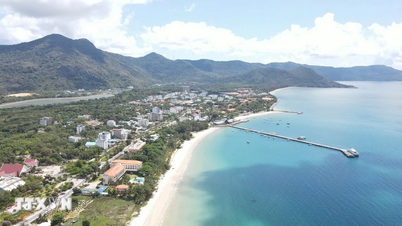
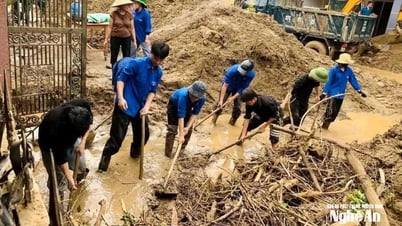

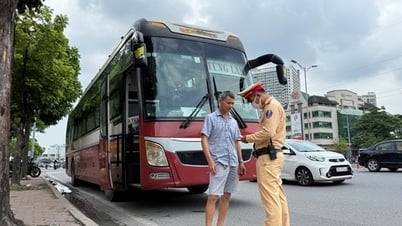



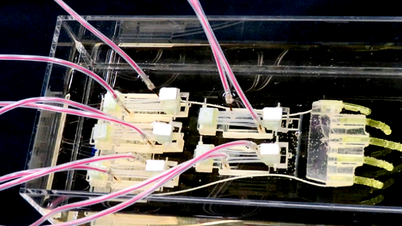
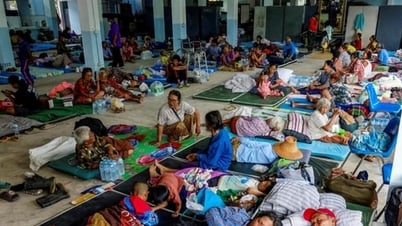



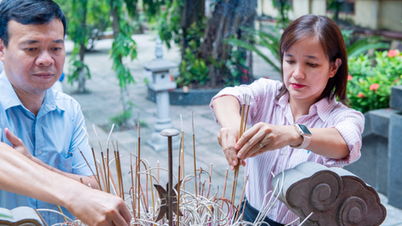
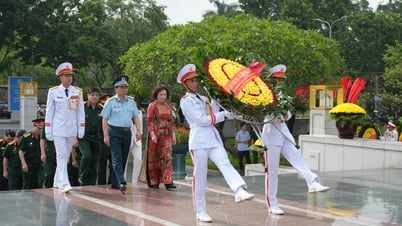

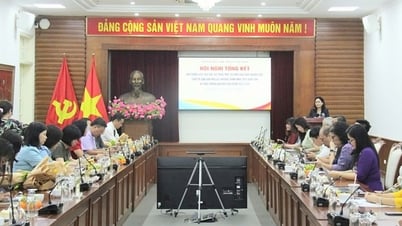

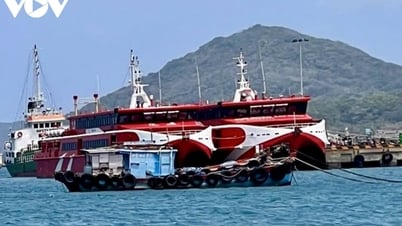





















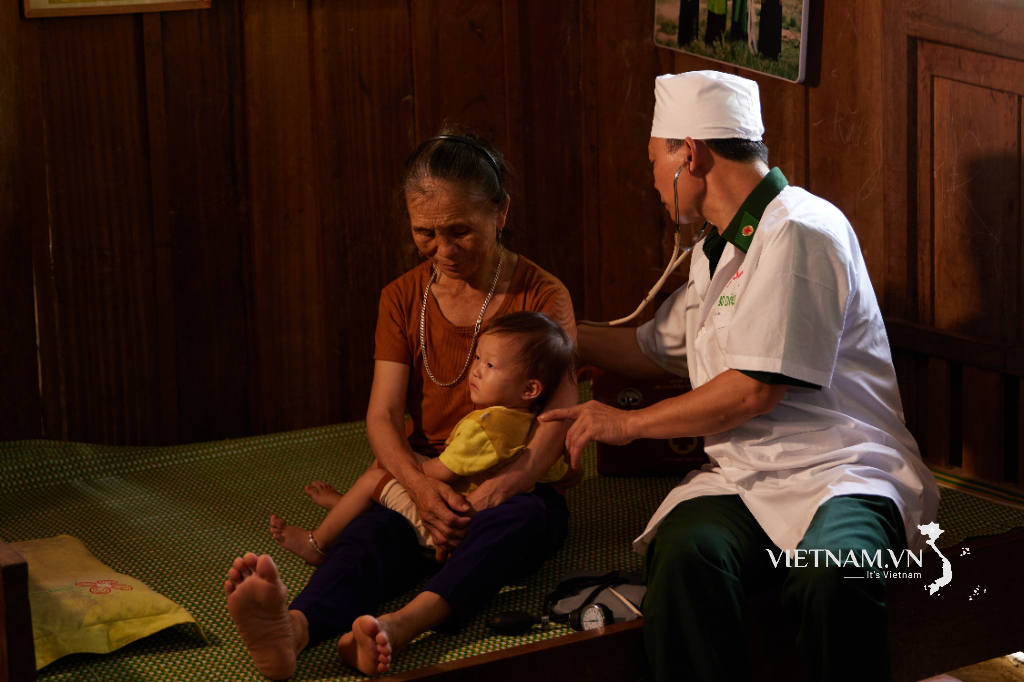

Comment (0)